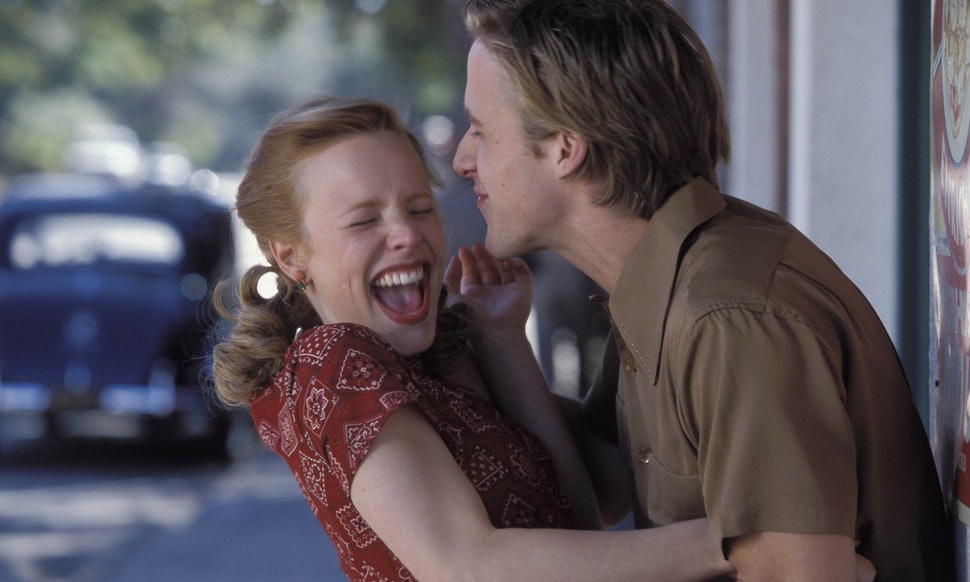THE FILM ATLAS
Issue 2: Boundaries
Issue 2 of The Film Atlas focuses on boundaries—on and off screen. Here we explore boundaries of the body, of personal experience, of human empathy, and of the cinematic image itself. Click any of the film stills below to join us on our journey to explore visual culture.
Bloodshed in Suburbia
By Sophia Larigakis
Recalling the Past: The Dynamics of Empathy in Waltz with Bashir
By Genevieve Citron
By Taryn Fleischmann
By Katie Elder
“TIME’S UP”: 30 Years of Equity? A Reflection on Inclusivity in the Film Industry
By Academy Award winner Jeff Melvin
Talking Canadian Film and Hello Destroyer with Director Kevan Funk
By The Film Atlas Staff
Editor’s Note
By Genevieve Citron
Coming Soon:
Read it in Print.
A
Downloadable,
Printable,
Shareable,
Highlightable,
Always reachable,
Grandma-readable,
Saved-to-your-desktop-able,
What-do-you-mean-there’s-no-wifi-in-this-cafe Proof,
JOURNAL.



![“When Carol’s perm is revealed to her at the end of the scene, she is granted only a few seconds of timid appreciation before her nostril pools with vivid dark blood […] The myth of female perfection, dreamily constructed in the beauty salon, is rup…](https://images.squarespace-cdn.com/content/v1/578bee59c534a56f8865d1ec/1546833424509-VK2ON3TOAPMZ4YOYN524/safestill2.jpg)







